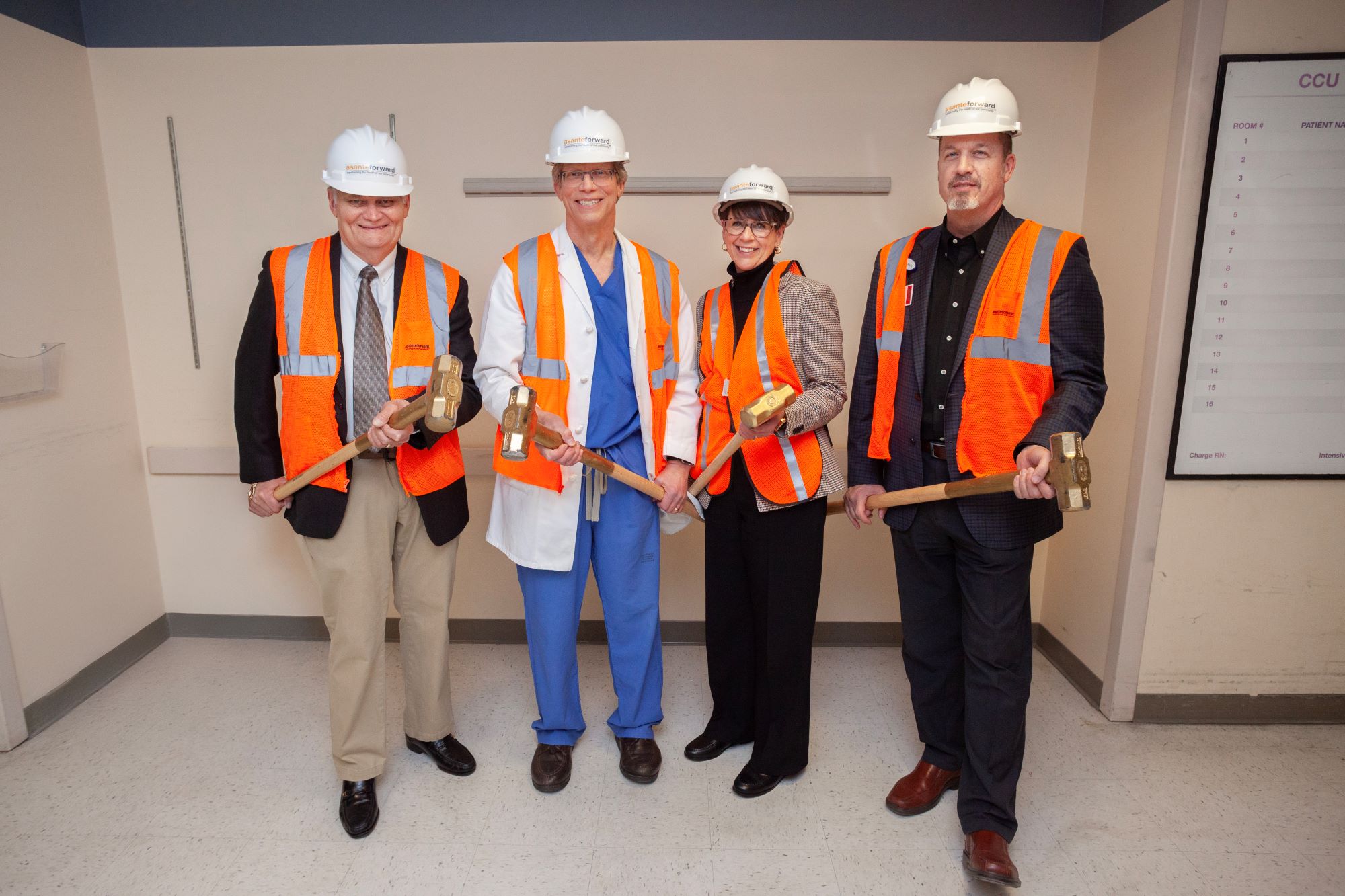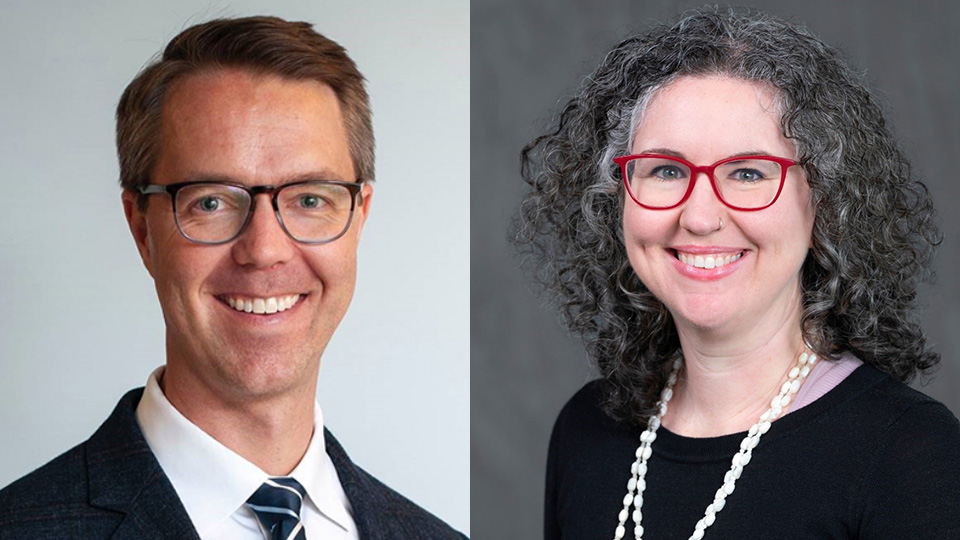Summary
After a screening mammogram, it can be stressful to get a call asking you to return for further imaging. Understanding the way imaging works, and what doctors are looking for can help you feel more comfortable.
After a screening mammogram, it can be stressful to get a call asking you to return for further imaging. Understanding the way imaging works, and what doctors are looking for can help you feel more comfortable.
A screening mammogram looks at each breast as a whole and is best used when a woman gets one regularly. Comparing mammograms year to year helps the radiologist spot changes or potential abnormalities. If there is a change, or if the radiologist sees concerning calcifications, distortion or a mass, they will ask that you return for a diagnostic mammogram and/or an ultrasound.
A diagnostic mammogram focuses on the area the radiologist was concerned about. Sometimes the follow-up imaging shows nothing abnormal. Sometimes it confirms there is something that may need to be biopsied.
An MRI typically is used for women who are considered at higher risk for cancer or are diagnosed with certain types of cancers. MRIs look at both breasts in much greater detail than a mammogram. They aren’t good at showing whether an abnormality is concerning, so if one is spotted on an MRI, the radiologist will recommend returning for an ultrasound.
An ultrasound is the best way to target areas that appear abnormal on a mammogram or MRI. If a patient or doctor feels a mass, but nothing is found on initial imaging, an ultrasound can help determine whether a lesion appears benign or could be cancerous. In general, ultrasounds do a better job of measuring lesions compared with mammograms or MRIs.
With any imaging, radiologists may see only normal breast tissue. They may see an abnormality, such as a cyst, that is clearly benign and very common in many women. They may see a lesion that is concerning and requires a biopsy for further investigation. Depending on which way it was seen best, they may use that same imaging method to see the lesion to biopsy it.
What causes the most confusion and can be scary is when your radiologist says something is “probably benign” and requests that you return in six months. This means the abnormality doesn’t look concerning, but it does not look clearly like a benign cyst. Instead of waiting a full one to two years, they want you to come in sooner to ensure the abnormality hasn’t changed.
Often, we will continue following that abnormality every six months over two years to prove that something is benign. It is a very safe way to address an abnormality, but many women prefer to have it removed.
If you are over 40 and haven’t had a recent mammogram, schedule one today. Mammograms are the best way to find breast cancer early, when it is easiest to treat successfully.
To schedule a mammogram, call (541) 789-4322.
Asante Physician Partners–General Surgery
537 Union Ave. Suite 205, Grants Pass
(541) 507-2110
Dr. Frost is a board-certified general surgeon with Asante Physician Partners–General Surgery. She also holds a master’s in public health and has a special interest in breast cancer, preventive medicine, and high-quality and cost-efficient care.









